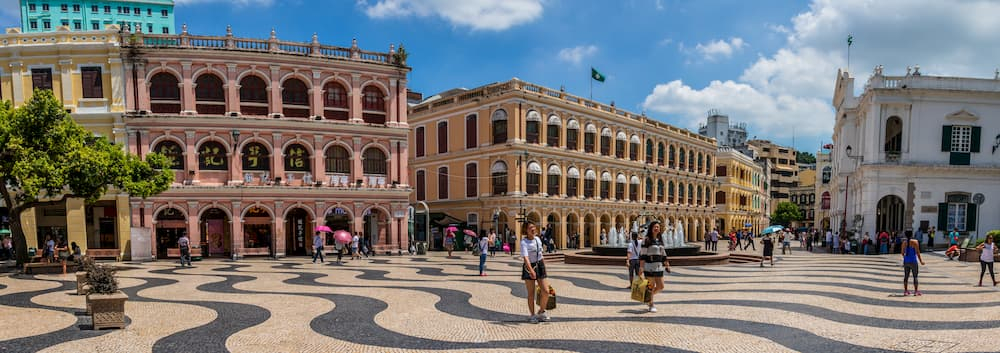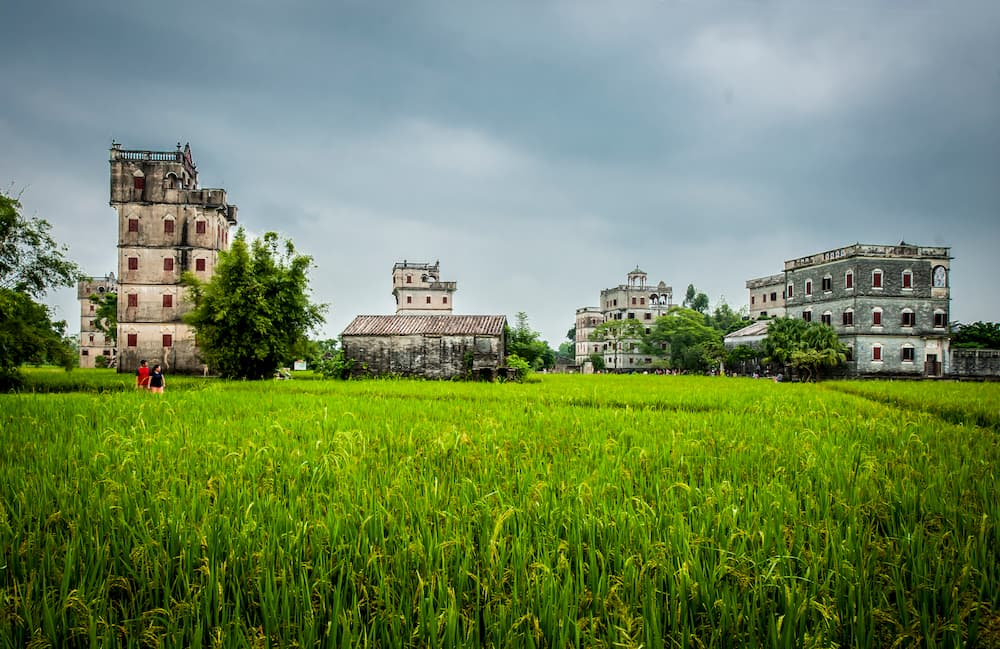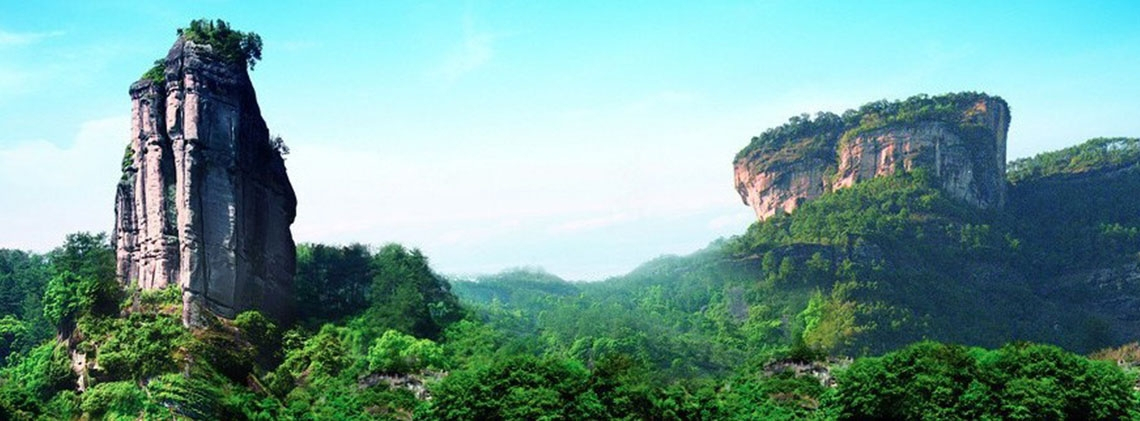
Historic Centre of Macau
Splendid
Chi Culture
Topic
Historic Centre of Macau
During the mid-sixteenth century, before Portuguese traders arrived in and began to inhabit the Macau peninsula, Macau was a little fishing village within which there were scattered numerous small-scale settlements including those at the A-Ma Temple , the site of the road now known as Rua da Ribeira do Patane , and the Mong-Ha village. From 1555 to 1557 the Portuguese gradually settled in Macau, spreading from the A-Ma Temple to the southwest of the Macau peninsula. Over the centuries they built residences, public facilities, and fortifications in various Western or hybrid Chinese-Western architectural styles. Together with some of the original Chinese structures they came to coexist with newer varieties of Chinese buildings which emerged in the mid-nineteenth century with the increased urban development that accompanied the formal occupation of Macau by the Portuguese. These buildings of mixed architectural styles and varied histories form “the Historic Centre of Macau” today.
In 2005 the Historic Centre of Macau was inscribed by the United Nations Educational, Scientific and Cultural Organization (UNESCO) on the World Heritage List, making it the thirty-first designated World Heritage site in China.
The Historic Centre of Macau is located in the core zone of the peninsula in a layout of public squares and streets. It can be divided into buildings and their respective forecourts.
“Forecourt” associated with important structures are a special Macanese expression of public square space. There are eight such heritage squares that are listed on the World Heritage List in the Historic Centre of Macau: the Barra Square (in front of the A-Ma Temple), the Lilau Square, the St. Augustine’s Square, the Senado Square, the Cathedral Square, the St. Dominic’s Square , the Society of Jesus Square, and the Camoes Square.
There are a total of twenty-two buildings or groups of buildings in Macau that are inscribed on the UNESCO World Heritage List . They are the A-Ma Temple, the Marine and Water Bureau (better known as the “Moorish Barracks”), the Mandarins House, the St. Lawrence’s Church, the St. Joseph’s Seminary and Church, the Dom Pedro V Theater, the Sir Robert Ho Tung Library, the St. Augustine Church, the Leal Senado Building, the Sam Kai Vui Kun (Kuan Tai Temple ), the Holy House of Mercy, the Igreja da sé, the Lou Kau Mansion, the St. Dominic’s Church, the Ruins of St. Paul’s, the Na Tcha Temple, the Section of the Old City Walls, the Mount Fortress, the St. Anthony’s Church, the Casa Garden, the Old Protestant Cemetery, and the Guia Fortress (includes the Lighthouse and the Guia Chapel).
In the Historic Centre of Macau, there are also a large number of historic structures that are not inscribed on the UNESCO World Heritage List. Most of them are, however, considered monuments, buildings, complexes, or locations with architectural and artistic value by the government and are protected by Cultural Heritage Laws.
According to the UNESCO World Heritage Committee rules 103–107 of The Operational Guidelines for the Implementation of the World Heritage Convention, areas surrounding nominated cultural and natural heritage sites should establish buffer zones to provide the necessary protection.
These rules restrict the usage and development of the areas near the heritage sites and preserve their authenticity and integrity. The Colina da Guia, Colina da Penha and the surrounding historical building complexes are designated as a Macau historical center buffer zone as wide as around two hundred meters and exceeding one square kilometer, covering nearly the entire old area of the Macau peninsula.
Despite the success of its application for inscription among UNESCO World Heritage Sites and the fast development of the local economy and the influx of tourists arising from that recognition, Macau still faces the challenges of balancing its benefits, preserving its original appearance, and updating its laws when preserving the cultural heritage of the historical city.
In Macau, there are four major approaches taken to preserve the original appearance of the historical center:
1. Establish buffer zones.
2. Repair historical buildings regularly.
3. Perform investigations.
4. Legislate a system of legal protections of cultural heritage.







